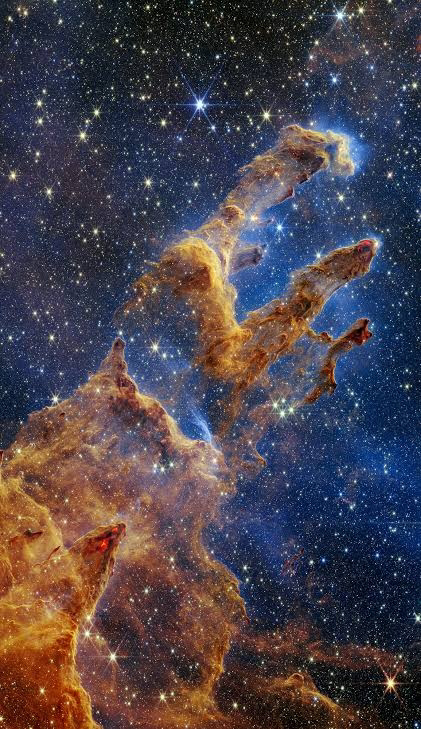God particle
On the God Particle [ with gratitude to Prof. V.V. Raman]
A friend of mine, with peripheral interest in physics, was perturbed, if not offended, by the association of a particle’s name with God. He pictured particles as specks of dust. Bringing God from the pinnacle to a particle is, as he saw it, not going from the sublime to the subtle, but rather moving from the rapturous to the ridiculous.
What is technically called Higgs boson acquired this epithet from a publisher’s choice to change a proposed book-title from The Goddamn Particle to The God Particle. The first suggestion expressed the frustration of physicists at not being able to detect the most fundamental of all the entities swarming the microcosm. It was theoretically predicted by a small number of theoretical physicists in the mid-1960. One of them was Professor Carl Hagen of the University of Rochester, the city where I live.
The term particle refers here to one of a plethora of super-subtle entities that populate the atomic and nuclear world: most are of fleeting impermanence, emerging and disintegrating like flashes from fireflies, but of much shorter duration. Physicists have been discovering, naming, describing, and categorizing so many of them for well over a century.
Elementary particles interact among themselves, causing our world of experience. Their mutual interactions are the fundamental interactions. These interactions are all mediated through what are called field bosons, somewhat like a tennis ball keeping the players on the court. Indeed, associated with every fundamental interaction is a field boson, just as associated with every ball game there is a separate kind of ball. The existence of the physical world and its functioning is neatly accounted for in this framework of elementary particles and fundamental interactions which are also referred to as fields.
A lingering question in this Standard Model to explain the physical world was: When the universe emerged whatever induced or inflicted materiality to it? In other words, how did the world acquire substantiality? The answer to this question calls for considerable sophisticated mathematics and theory building with esoteric concepts. Distilled from all that is the idea that the universe is pervaded by a primordial substratum known as the Higgs field. This hypothetical field is what endows the ultimate bricks of the universe (quarks and leptons) with mass through a complex mechanism. Theoretical physicists have uncovered several of its properties. The Higgs field does not account for all the mass of the universe, but it is reckoned as a major injector of mass into the basic ingredients of the world.
Associated with this field is the so-called Higgs boson. To uncover its presence we need conditions corresponding to the genesis-state of the universe: temperatures of enormous energy regimes. This was achieved in the now famous Large Hadron Collider in Geneva by smashing protons at tremendous speeds. A similar mammoth machine been planned in the early 1990s (the Superconducting Supercollider) in the United States. But it was abandoned after a down payment of two billion dollars because a president and his Congress decided to cut off funds for it. Money saved was probably useful to fight the wars initiated a decade later to bring democracy in the Middle East.
Be that as it may, physicists all over the world are rejoicing this week at this major accomplishment: the confirmation of an entity that we believe was responsible for making this a material rather than an ethereal universe. Every thoughtful member of our species should congratulate the physics community for this astounding breakthrough which reveals at once the power of the human mind to penetrate into the depths of the physical world as well that of technology to replicate the energy regimes at cosmic birth. It reminds us that even in the midst of the hurtful hate, mind-numbing bigotry, the spiritual abyss and intellectual darkness around us, the finest expressions of the human spirit in art and music and science are still alive and well.
V. V. Raman
July 14, 2012



Comments